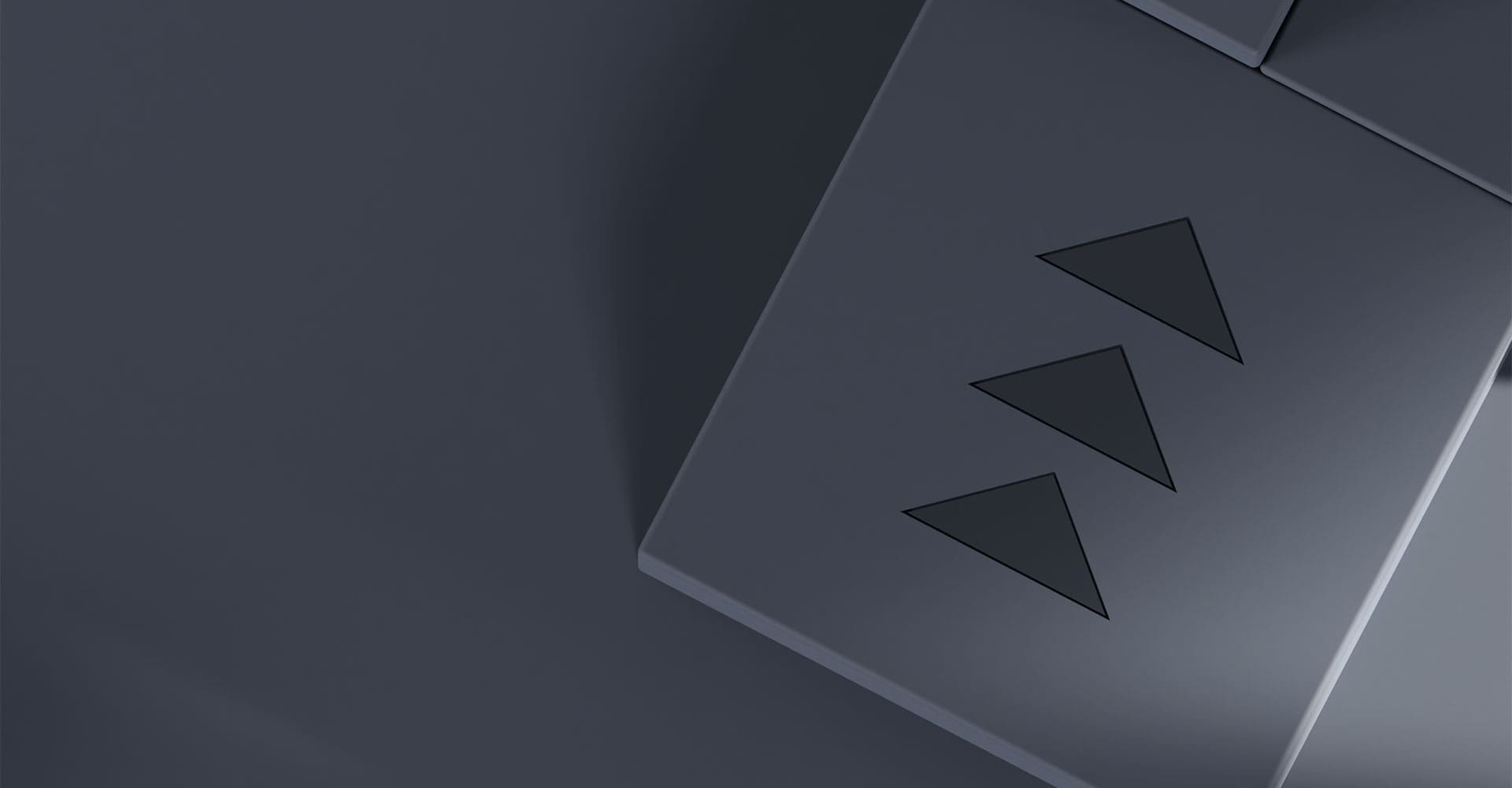Why is Product Design important for my business?
Product design plays a critical role in creating seamless, enjoyable user experiences that keep customers returning. Effective design goes beyond aesthetics, focusing on functionality, usability, and user satisfaction. Well-designed products can improve engagement, conversion rates, and customer loyalty, directly impacting your business's bottom line.
What is Netguru’s approach to product discovery?
Our product discovery process begins with in-depth research to understand your market, target audience, and business objectives. Through workshops, user interviews, and competitor analysis, we identify opportunities, validate ideas, and develop a roadmap that aligns with your vision and maximizes product-market fit.
How does Netguru ensure a user-centered design approach?
We apply a user-centered methodology at every design stage. Our UX team conducts thorough research, usability testing, and iterative design improvements to ensure the product meets users' needs and solves their pain points. This approach reduces the risk of design flaws and maximizes the product's usability and appeal.
What are design systems, and how do they benefit my project?
Design systems are libraries of reusable design components, styles, and guidelines that help ensure consistency across your product’s interface. With a design system in place, your teams can work faster, maintain brand consistency, and scale design efforts efficiently, even in complex or multi-product ecosystems.
How does Netguru balance creativity and functionality in UI/UX design?
Our team combines creative design elements with usability principles to craft experiences that are both visually appealing and highly functional. We prioritize intuitive navigation, clear visuals, and a cohesive design language, ensuring your product is attractive and easy to use. Every design decision is informed by data, user feedback, and best practices to create a balanced product.
How long does it take to complete a product design project?
The timeline for product design varies based on factors such as project complexity, feature requirements, and team size. Typically, a project may take from 2 to 6 months, with each phase (discovery, UX, UI, and testing) tailored to fit your unique goals and timelines. We work closely with clients to set realistic milestones and ensure timely delivery.







